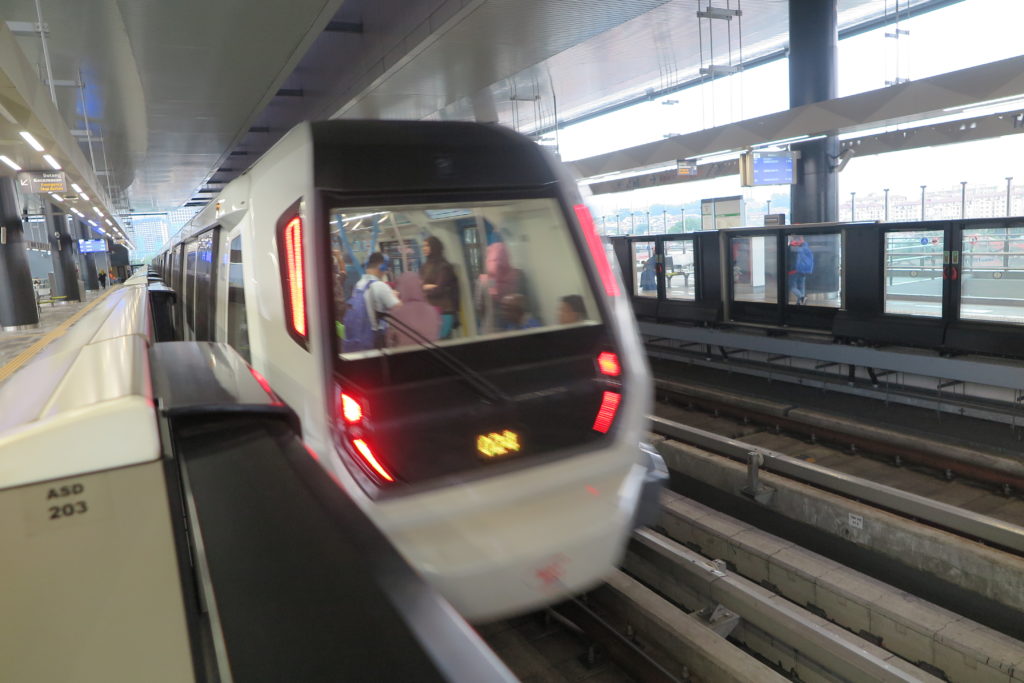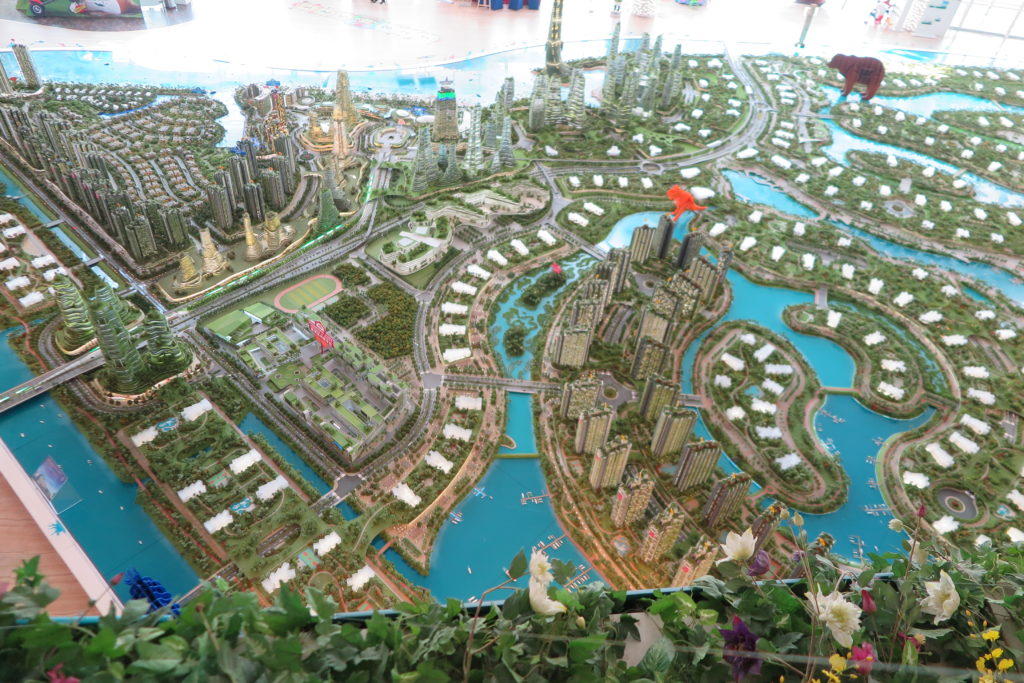
One of the many critical details of 21st century change, learned during a decade of global reporting, is that Asia is the dominant continent of the century. Another thing is that development patterns in Asia’s big cities, the glittering metropolises along the Pacific Rim, are different than they are in the West. And the third essential feature of 21st century change is the big role American architecture, engineering, and planning firms are playing in designing Asia’s future, which is to say designing the century.
Asia’s urban design strategy is forming in an arc of big Pacific Rim cities from Seoul south to Jakarta. Within the arc are Beijing, Shanghai, Shenzhen, Guangzhou, Hong Kong, Bangkok, Kuala Lumpur, and Singapore. I’ve reported extensively in almost all of them, most recently in Kuala Lumpur and Singapore.
The design fosters economic development principles and values that stresses density, public transit, coastal protection, resource reclamation, walkability, energy efficiency, and land and water conservation. The really interesting and important feature that links the cities and the new buildings, transit lines, river reclamation projects, park construction, energy efficient housing and other infrastructure is this: Five big American global architecture and design firms are doing a significant share of the master planning, design work, engineering, and construction management.
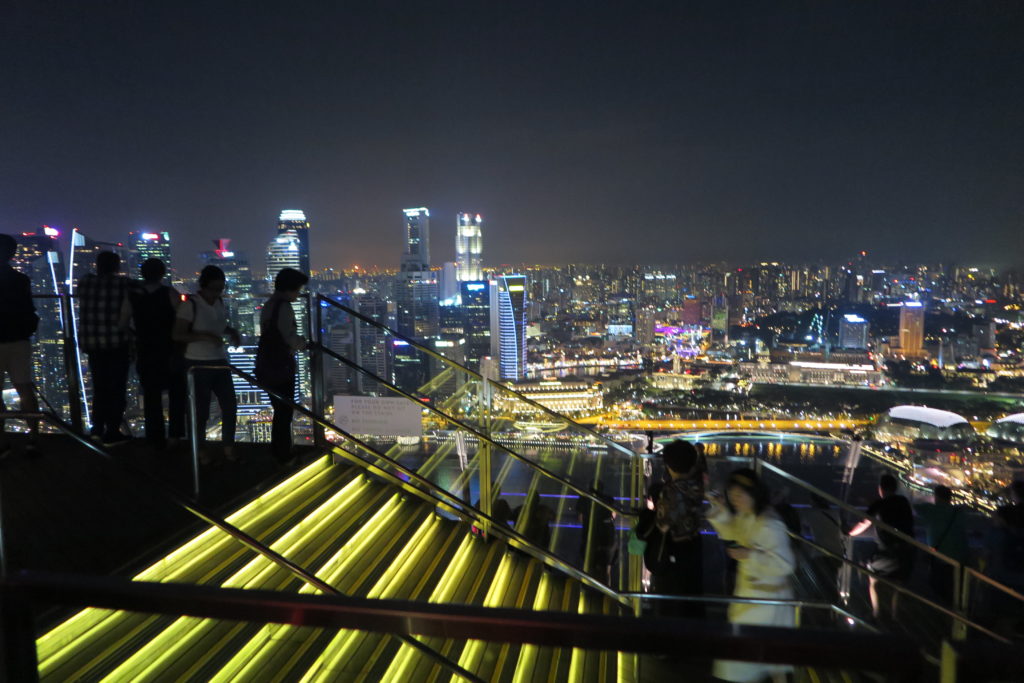
In Malaysia, for instance, two new Kuala Lumpur automated transit lines (over 100 kilometers and $11 billion in investment) and a $1.2 billion river restoration project were designed and engineered in large part by AECOM. AECOM also is involved in the design and engineering for a $14 billion, 688-kilometer fast rail line that crosses the Malaysian peninsula.
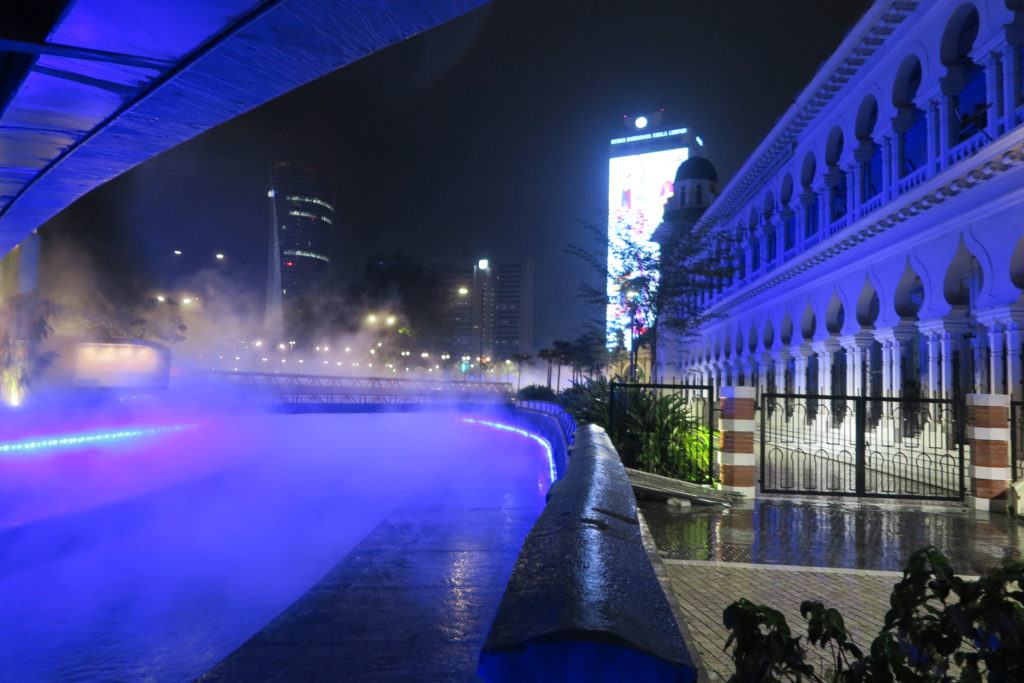
The master plan for Forest City, in southern Malaysia, perhaps the largest private mixed-use real estate development in the world, was prepared by Sasaki, a Boston-based architecture and design consultancy. Sasaki prepared the Beijing Olympics master plan, and was involved in designing a number of its installations. Skidmore Owings and Merrill (Chicago), KPF (New York), and the SWA Group (Pasadena) also have a lot of big transformative projects in architecture, design and master planning in Asia.
What’s so compelling is that Americans are designing urban spaces that are, in large part, a repudiation of the auto-oriented, land wasting, resource-consuming, sprawling land use and metropolitan development patterns of America’s 20th century, which were first introduced in GM’s Futurama exhibit at the 1939 New York World’s Fair. And in really stark contrast to the reluctance to invest in infrastructure that describes America’s experience over the last three decades or so, Asian nations are pouring hundreds of billions of dollars into the civic equipment that helps make nations and urban centers work. Though the May 9 election trimmed Malaysia’s infrastructure spending there are still over $60 billion in projects that are either under way or about to get started. Vietnam, Thailand, China, Indonesia, Korea and India also have enormous infrastructure development programs.
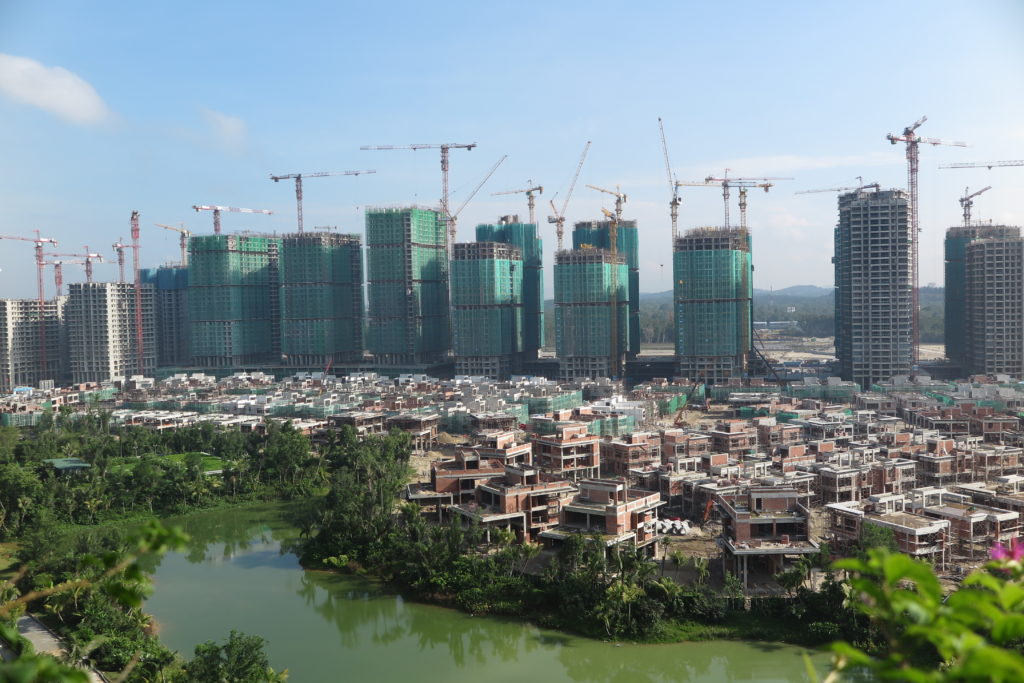
AECOM’s revenue in its Asian Pacific operations totaled $1.3 billion last year. They also are heavily involved in India Prime Minister Modi’s project to build what he calls “smart cities†between Delhi and Mumbai.
One more signal thought. American design firms are involved in master planning, designing, and engineering installations in China’s Belt and Road Initiative, the $1 trillion, 70-country project to establish new trade routes from Beijing and Shanghai to Europe, Africa, and Southeast Asia. In doing so China is completely reworking the global trade and transport system, a system that the United States basically developed and helped to manage over the last 70 years. The White House-sponsored tariffs and trade stresses are pushing China to quicken its plan to develop and dominate new supply and customer markets, which are steadily expanding China’s sphere of influence and accelerating its global trade goals. American architects and planners are playing a big role in shaping what those new Belt and Road installations look like, and how they will perform.
— Keith Schneider
